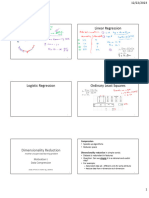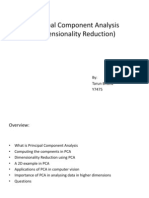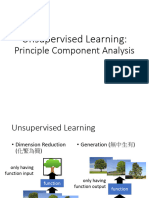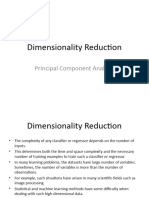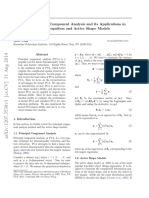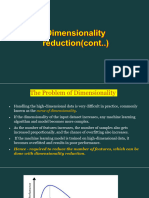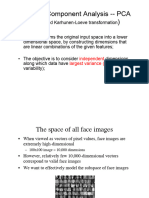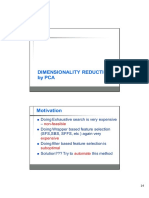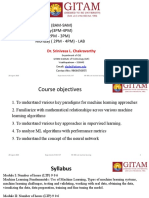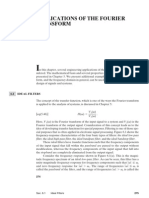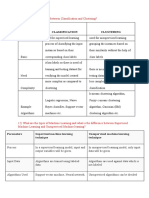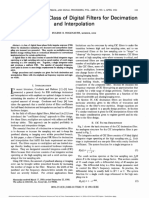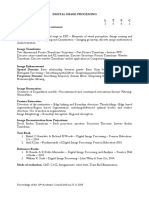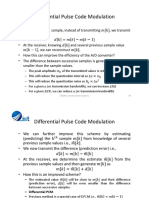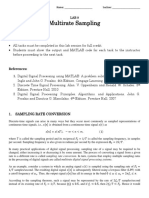0% found this document useful (0 votes)
37 views82 pagesWeek12 PCA BayesianInference Before Lecture
NTU EE6483 Week12_PCA_BayesianInference_before_lecture
Uploaded by
yimingxiao2000Copyright
© © All Rights Reserved
We take content rights seriously. If you suspect this is your content, claim it here.
Available Formats
Download as PDF, TXT or read online on Scribd
0% found this document useful (0 votes)
37 views82 pagesWeek12 PCA BayesianInference Before Lecture
NTU EE6483 Week12_PCA_BayesianInference_before_lecture
Uploaded by
yimingxiao2000Copyright
© © All Rights Reserved
We take content rights seriously. If you suspect this is your content, claim it here.
Available Formats
Download as PDF, TXT or read online on Scribd
/ 82










